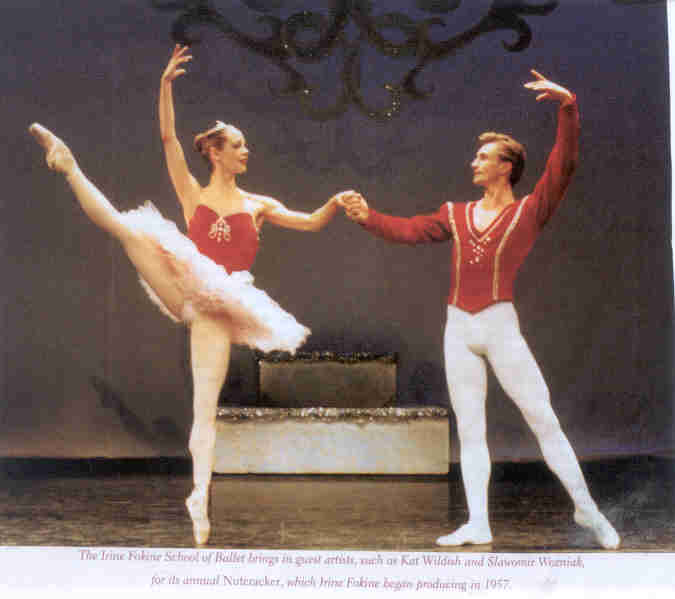The Nutcracker Mystique

From the beginning of December until after Christmas, the Western World is inundated with performances of The Nutcracker. The Nutcracker is a way for schools and ballet companies to keep going financially for another year, as it is usually their biggest money maker. Many directors and choreographers on talk-shows tell how they are following in the footsteps of Marius Petipa, obviously they did not do their homework. Being interested in the history of ballet, I have found that Petipa did not choreograph The Nutcracker.
The history of The Nutcracker started as a children's story by E.T.A. Hoffmann titled Der Nussknacker und der Mausekonig. In Russia it has always been called Shchelkunchik and in France it is known as Casse-Noisette. The libretto was by Marius Petipa, choreography by Lev Ivanov, with music by Peter Ilyich Tchaikovsky. Marius Petipa wanted to choreograph the ballet, but because of illness had to pass the role of choreographer to his assistant, Lev Ivanov.
The first performance was given on December 18, 1892 at the Maryinsky Theatre in St. Petersburg. The cast was headed by Antonietta Dell'Era, Pavel Gerdt, Nicolai Legat, and Olga Preobrajenska.
In the Petipa libretto, the central character is the girl Klara (in Russia, Marie or Masha) who is given a nutcracker as a Christmas present by her grandfather Drosselmeyer. In her dream she defends the nutcracker from the King of the Mice. After she kills the Mouse King, the nutcracker is transformed into a handsome prince, who then takes her on a journey, passing through a snow storm into the Kingdom of Sweets. There the Sugar Plum Fairy honors them with a series of divertissements.
The pas de deux with the Sugar Plum Fairy and her Cavalier is the only part of this genius' work to survive the ballet's many changes. Unfortunately, many of the newer choreographers either do not know the original or think they can improve on something that is near perfect. Would you paint over the Mona Lisa?
After watching many productions of the ballet, this season, only The Royal Ballet did the original pas de deux. With all of the changes in choreography, the wonderful music of Tchaikovsky has remained the same.
The First London production by The Saddler's Wells Ballet was in 1934 choreographed by N Sergeyev. Willam Christensen choreographed the first full length Nutcracker in America, in 1944, for The San Francisco Ballet. In 1940, The Ballet Russe de Monte Carlo offered a shortened version called The Nutcracker Suite using only the last act of the ballet. Ballet Russe used the Grand pas de deux as a divertissement that always pleased the audience.
George Balanchine set a highly priced production for The New York City Ballet in 1954. For reasons only known to him he did not use any of the original choreography. Balanchine's production proved to be a bigger money maker than of all his other works combined.
The mystique of this ballet is, that it is meant for children (for adults, one viewing is enough) -- therefore there will always be an audience.
(First published May 2003)